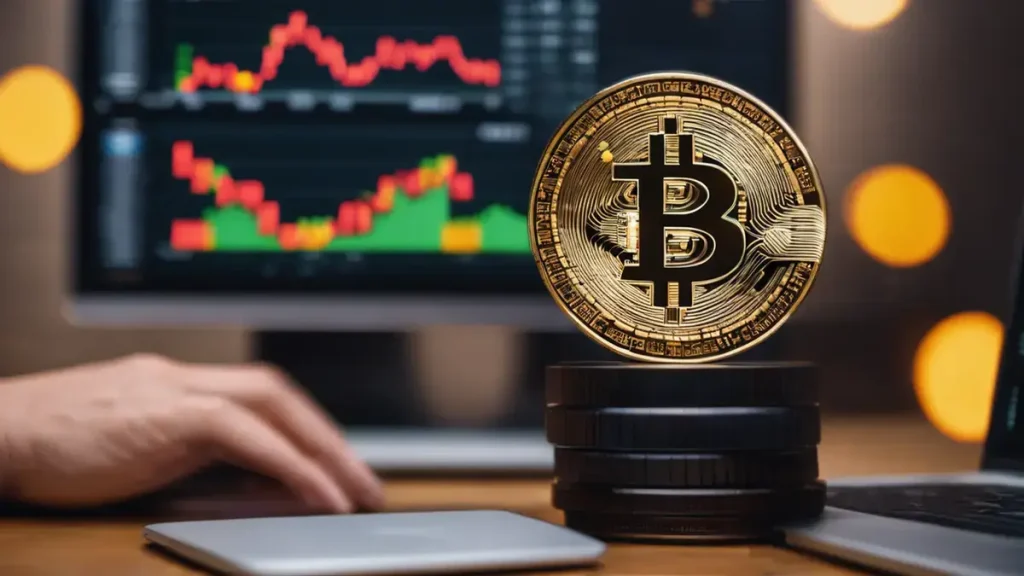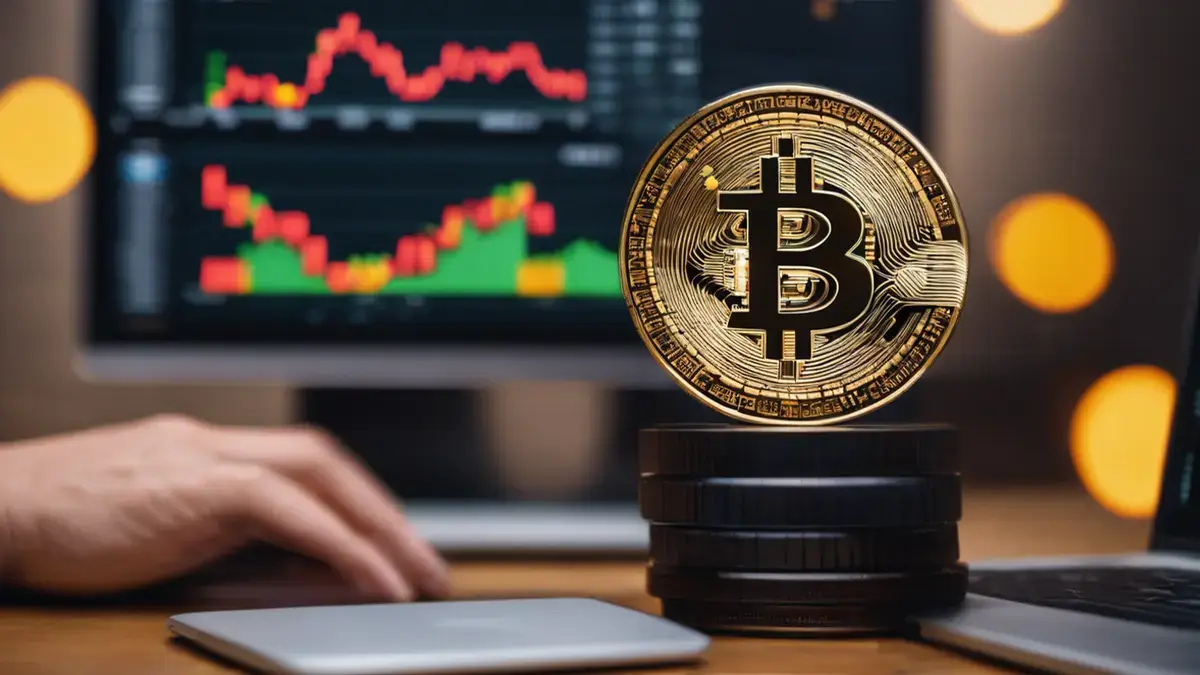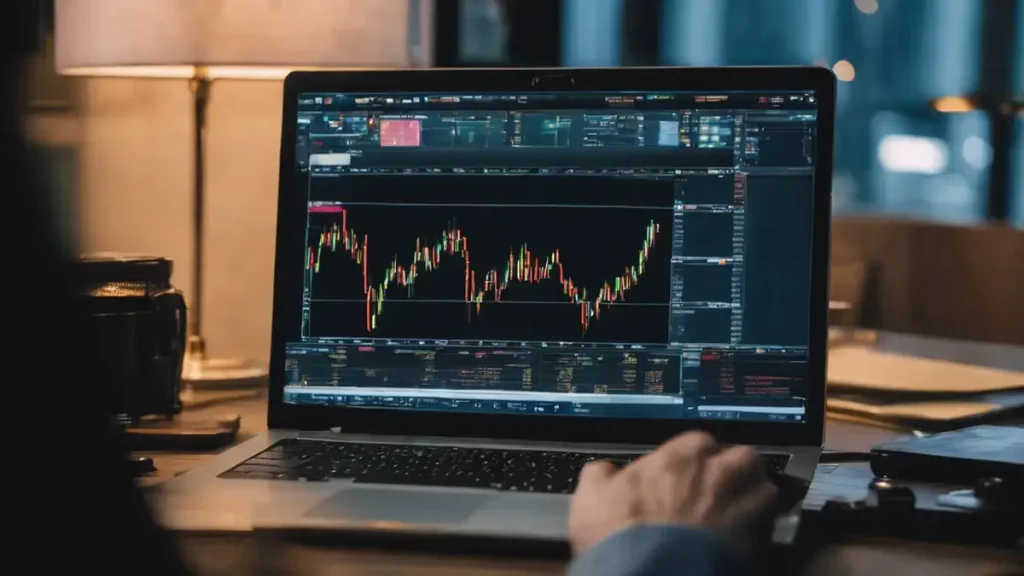
Are you an aspiring crypto trader struggling to identify the ideal trading platform?
Success in crypto trading relies on your choice of trading platform. One misstep in selecting a crypto exchange will jeopardize your entire trading journey.
But how do you handle this decision, especially if you are just stepping into the crypto realm? This question may seem daunting. However, worry not—this guide gives tips for making the best choice.
Types of Crypto Trading Networks
- Centralized exchange
- Decentralized exchange
- Peer to Peer Exchange (P2P)
Centralized Exchange
A centralized crypto exchange is a platform that relies on a central authority to facilitate crypto trading. It is essentially an intermediary helping to complete crypto transactions.
Albeit the preference for decentralization, the need for a centralized exchange to help protect investors is undeniable. Hence, these trading platforms operate like corporate entities offering custody and exchange services.
Like corporations, they have a board or a single director who manages the day-to-day operations.
Decentralized exchange
Second, we have Decentralized exchanges (DEX). These are platforms designed to offer direct peer-to-peer crypto transactions.
Dexs operate on top of smart contracts, providing autonomous, direct transactions between users. When using a decentralized crypto exchange, you essentially control your asset – there is zero involvement of intermediaries.
Good examples of Dexs include Uniswap, Pancakeswap, Sushiswap and others.
Peer-to-Peer Crypto Exchange
A peer-to-peer (P2P) crypto exchange is a decentralized platform connecting buyers and sellers. It’s unlike the traditional exchange, which involves middlemen.
In essence, the buyer and seller are connected directly in this setup.
For instance, a US-based Bitcoin owner can list it for sale on a P2P exchange and set their desired price. Once the buyer accepts the deal, the seller transfers the BTC into an escrow wallet run by the P2P platform.
What to Consider When Choosing an Exchange
- Security
- Trading fees
- Reputation
- Customer support
- User Interface and Experience
- Liquidity and Trading Volumes
- Asset Selection
- KYC/AML
Security
Security is the most paramount aspect of any financial service provider. The high risk of digital asset trading makes security considerations critical.
The number of significant security attacks has been increasing in the crypto universe. As such, there’s a substantial need for stringent security measures in the blockchain realm.
So, what security measures should we all consider when choosing an exchange? Here they are:
- Cold storage — It’s essentially the ability to store crypto assets offline in wallets disconnected from the internet. This helps protect from hackers.
- Multi-factor wallets – Contain multiple layers of verification for access, hence bolstering security
- Audits – An exchange that undergoes regular audits will stand out as a good and more secure crypto exchange
- Proof of reserve – The need for PoRs became more evident after the dramatic demise of FTX.
Moreover, some exchanges offer insurance for user funds, providing some relief to cautious investors. Notable exchanges providing this feature include Coinbase, Binance, Bittrex, and Gemini.
Trading Fees
Another factor you must carefully consider is the trading fees.
Note that crypto exchanges make their profits from the transaction charges. And in some cases, the fees might run into the extreme. So, what can you do to ensure you aren’t paying too much?
Foremost, you must understand the fee structure.
Every crypto exchange has its own method of charging. Some have native tokens, which come with discounts for users. For instance, Binance holders with Binance Coin (BNB) will likely pay lower charges as the fees are deducted from their BNB balance.
Second, verify the trading, withdrawal and deposit fees. Look into the transactional limits and check if the platform supports the volume of your trades. Some platforms also offer different fee discounts for larger trade volumes.
Reputation
It is vital to know a project’s reputation. But how do you do that?
Research, research, research!
Research through the internet to get the reviews and assess the credibility and reliability of crypto exchanges. What are people saying about it?
Exchanges with the best reviews generally stand out as the better platforms. As such, you will enjoy more seamless, efficient trading.
Customer Support
An exchange’s customer support system is crucial, especially for beginners. Rookies need help navigating the ever-expanding and complex world of crypto. And even more experienced traders encounter complexities in their journeys.
Moreover, crypto markets are hugely volatile. Any delays in support could cause immense damage to your investments.
Therefore, examine the reputation of an exchange’s customer support. Key things to check include:
- Response time
- User satisfaction level of their customers
- Commitment to prioritizing customer service
User Interface and Experience
Even expert traders demand user interfaces (UI) to enjoy the best experience (UX). But what is that good UI?
An exceptionally designed UI pleases the eye and is easy to navigate. On the contrary, a perfect UX ensures enjoyable platform interactions, curbing any potential frustrations.
Does the exchange offer a basic or advanced view? Expert investors often prefer a more progressive view, while new investors work well with the primary view.
Moreover, crypto exchanges with mobile apps generally bring more convenience for traders.
Liquidity and Trading Volumes
Crypto trading sites with higher liquidity ensure quick execution of trades. Speedy trade executions are especially vital in the highly volatile crypto landscape, where lower liquidity could cause major price swings.
On the other hand, trading volumes show the size of transactions traded on a platform at any given time. It affects the ease of entering or exiting positions. For instance, selling many Bitcoins on a low-volume exchange might be challenging due to insufficient sellers.
Platforms like Coinmarketcap, Coingecko, and Con360 can help spot details of trading volumes and liquidity of exchanges. Understanding these aspects will influence your trading decisions.
Asset Selection
Does the crypto trading network support the cryptocurrencies you’re interested in?
Most popular exchanges focus on popular coins like BTC, ETH and BNB. But what of the less popular coins? What about the meme coins?
If you are interested in lower-cap crypto gems, thorough research is vital to know if the exchange supports them. In general, an exchange with a broader asset availability offers more advantages to traders.
KYC/AML
What KYC/AML practices does the exchange use?
For some crypto trading platforms, new traders must submit personal info for Know Your Customer and Anti-Money Laundering purposes. Understand the obligation you have as a client to share data in various exchanges.
Are you capable of adhering to the requirements? If you are, then that’s the proper exchange for you.
Final Word: Choose Your Crypto Trading Site
In conclusion, selecting a crypto trading platform that suits your needs demands careful consideration of various factors. They include the type of exchange, security, trading fees, reputation, customer support quality, user interface and experience, liquidity and trading volumes, asset selection, and KYC/AML policies.
An exchange with the best balance between the elements mentioned above will offer better services. Remember, your goal is to find an exchange that provides a cost-effective and secure environment for your trading needs.




